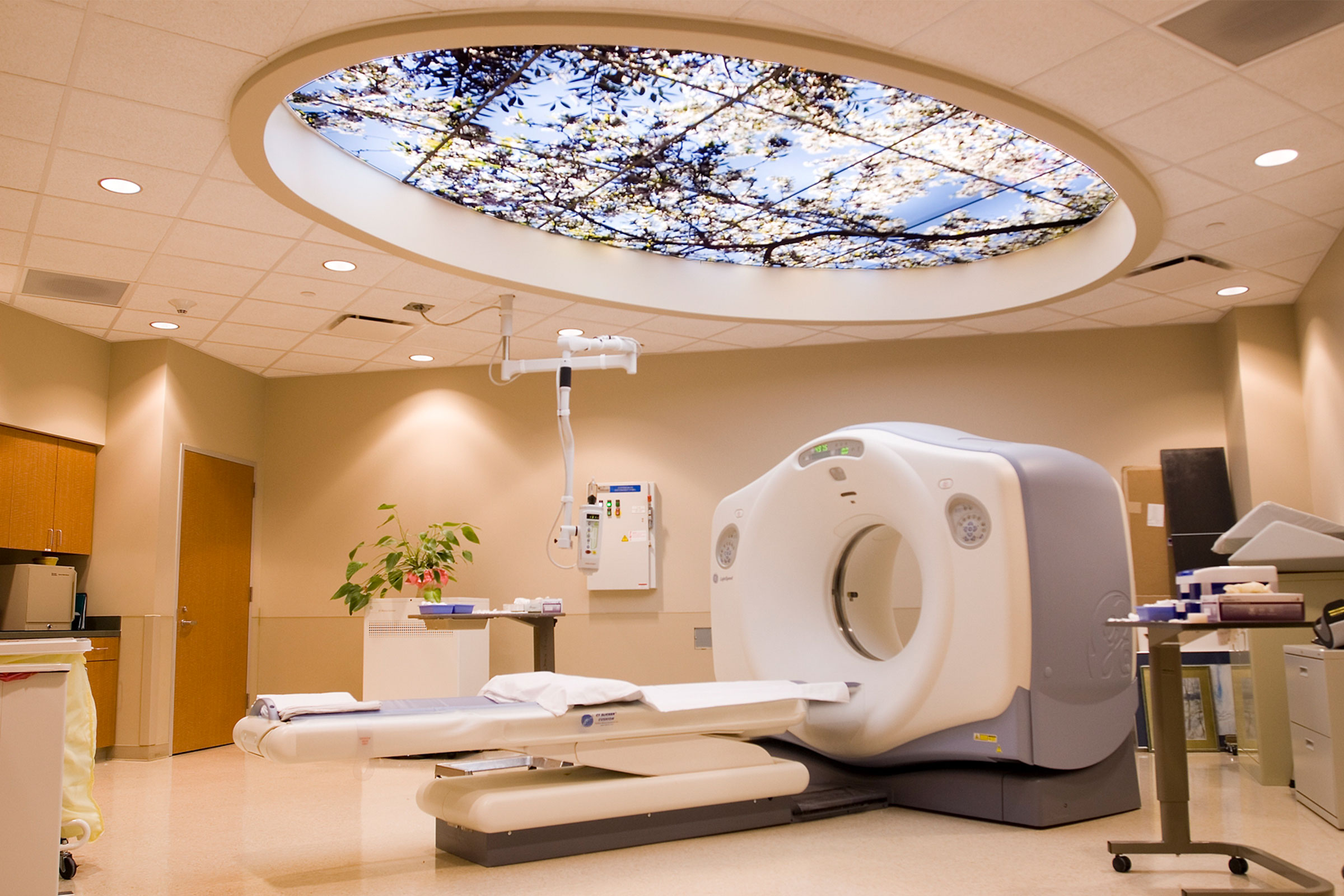Four things to know about backlighting onyx (and other semi-translucent stone)
Get started at your local stone warehouse/supplier
Have you already shopped for Onyx? If not, this is where you should start! There are hundreds of options for tile, paint, flooring, and other surfacing materials to go with Onyx, but this is not the case the other way around. Also, the cost and lead time of natural stone might impact your other decisions, so remember to select the stone first!
- Get an idea of how many square feet you need for your backlighting goals. If you have more than one surface that you want to cover, make good notes about the square footage for each.
- Discover the variety of translucent types: honey, white, amber, pink and even rainbow! Learn about the different thicknesses available. Your best resource for this will be a local stone warehouse. You can call ahead and see if they have backlighting on display and what types of Onyx are in stock. However, ultimately you’ll need to get a first-hand look at the slabs relative to your budget and expectations.
Test the onyx with a backlighting sample
If you haven’t tried this yet, get ready to be amazed! Adding a light behind the slab and seeing the effect from the finished side is an eye-opener. Backlighting brings the stone to life, revealing stunning details you cannot otherwise see.
- This is an important step because you do not want to see any LEDs – only the uniform glow of light! With your particular stone selection, use a backlight sample (or the flashlight function on your cell phone) to check for transparent areas in the slab. Translucent areas will glow, but you won’t see the LEDs clearly. However, transparent areas will let you see a direct view of the LEDs.
- If there are any clear or transparent areas in the slab(s) you may need a layer of diffusion to eliminate seeing the LEDs directly. Even with Edgelit Light Panels that have LEDs embedded in the perimeter of the acrylic sheet, there could be surface treatments or seams (if using multiple panels) that could be visible without the use of optical diffusion.
Your Specific Backlighting Application
Typically, the backlighting application will drive how much distance you have between the light source and the Onyx. For example, with countertops the distance available is minimal. If you have more than 2” between the two, the countertop will look odd because we’re used to seeing about 1-2.5” thickness, including the thickness of the stone. For walls and lots of other applications, there is a wider range of distances that can work.
- Experiment with the backlighting effect based on the distance between the light source and the Onyx. When the light source is farther away, the overall surface brightness will be less.
- Revisit your design and how much space is available. Is there a way to gain some space in your design if required?
The Variables for Successful Backlighting
There are lots of backlighting considerations that need to be explored collectively. The more we work with backlighting, the more we realize that no two projects are alike. Therefore, there is no cookie-cutter solution we prescribe. Evo-Lite is the defacto backlighting expert and we offer unmatched experience in balancing the characteristics of materials with the application, budget, and design.



































